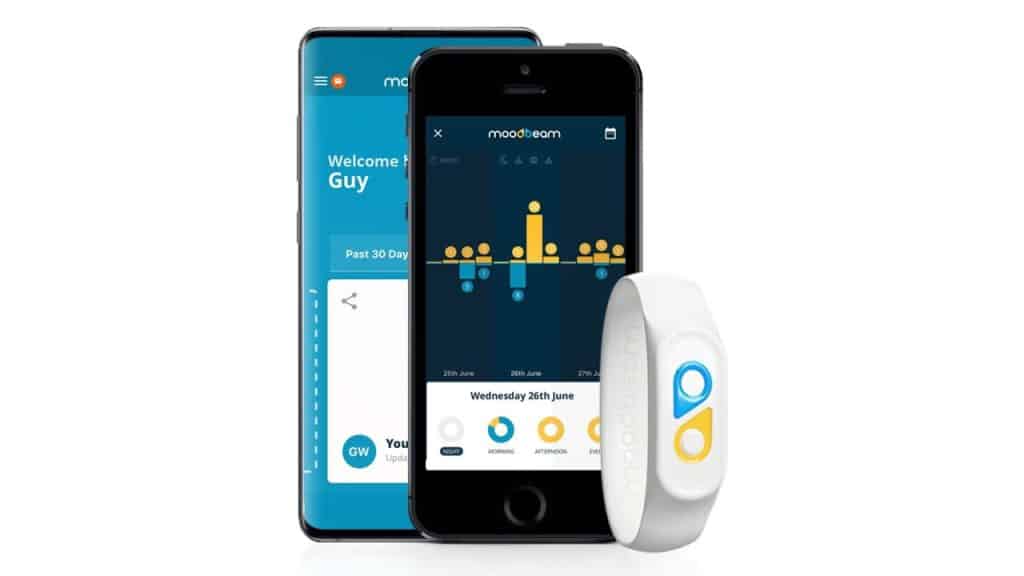You might not think of your boss as being someone with your welfare at heart, but employers do have a duty of care toward their employees. The good ones make an effort to check in with how you’re doing and make accommodations where necessary. During the pandemic, this looked a little different thanks to the rise in remote working. One mobile wearable took advantage of that. (https://longevity.technology/lifestyle/press-one-for-employee-happiness-and-longevity/).
This particular piece of technology comes courtesy of a startup called Moodbeam, which calls the UK its home. The original idea was the brainchild of Moodbeam’s cofounder, Christina Colmer McHugh, but not because of her own workplace experiences. It came about when she learned her daughter had been struggling at school but hadn’t told her. The shock and concern made her wonder if there was an easier way for her and her daughter to stay connected and in tune.
McHugh teamed up with an entrepreneur named Jonathan Elvidge, and together, they developed Moodbeam. The flagship piece of technology was apparently very simple: two buttons – one yellow and one blue – with one to represent positive feelings and one to represent when you’re feeling negative. No words are required, but it’s a starting point that could spark conversations or adjustments in the future.
Moodbeam may have started for children and parents, but some big companies were soon taking an interest. Their employees were leaving the office to work from home, and they wanted to be able to see if they were doing alright. It seemed particularly important with the way the pandemic and lockdowns were damaging mental health.
Now there’s a Moodbeam dashboard to collate the activity from different employees based on categories such as job, department or location. Meanwhile, staff working from home can stay connected with a convenient app that allows them to access their own data. The actual buttons are still available on wristbands, as they were originally.
Early success and funding mean Moodbeam is already planning its expansion, from producing a new, clip-on device to developing a new index to better quantify and measure happiness. There’s lots of research going on into how the tech can be improved and into how employees’ mental health can be supported even more.
It could take a while for tech like Moodbeam to become widely accepted, but employers certainly have an interest in increasing employee wellbeing.




